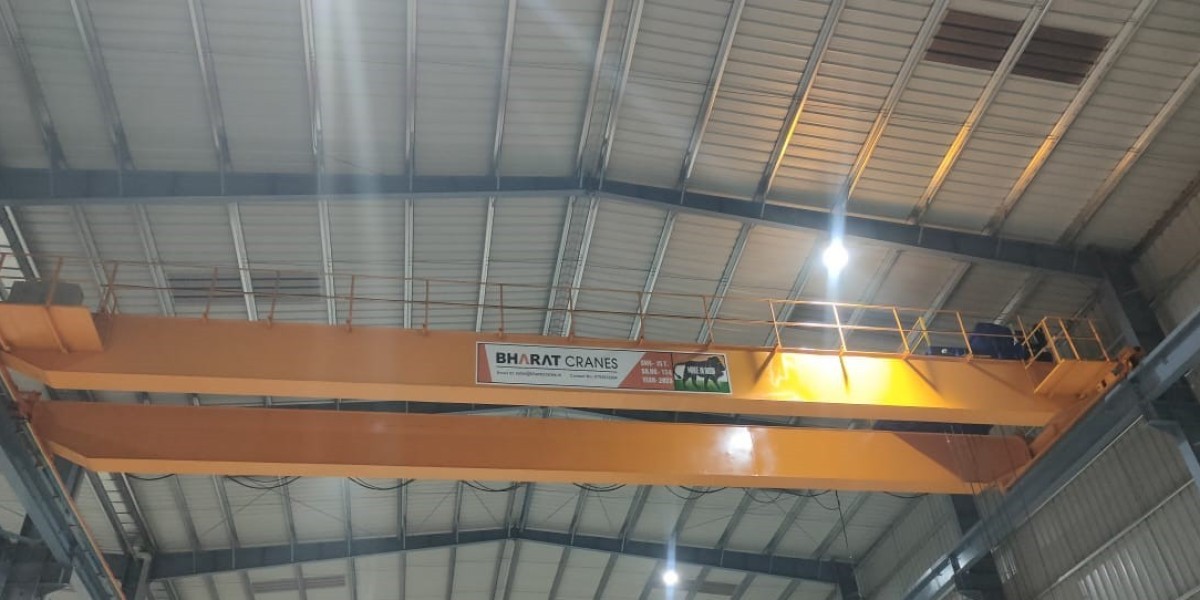Amazon Drone has been at the forefront of revolutionizing e-commerce, and one of the most exciting innovations the company is exploring is the use of drones. Amazon’s drone technology promises to change the way we think about delivery services, making them faster, more efficient, and eco-friendly. From delivery drones to advanced flying robots, Amazon is pushing the boundaries of what is possible in the world of unmanned aerial vehicles (UAVs).
In this article, we'll explore Amazon drones, their capabilities, and the future of drone delivery.
The Vision Behind Amazon's Drone Technology
Amazon has been working on drone technology for years with the goal of providing faster delivery services to customers. The company’s Prime Air division is dedicated to developing drones capable of delivering packages in 30 minutes or less. This ambitious project has been in the works since 2013, but Amazon has faced regulatory and technical hurdles along the way. However, with advancements in drone technology and the gradual easing of regulations by the Federal Aviation Administration (FAA), Amazon is moving closer to making drone deliveries a reality.
Key Features of Amazon Drones
Amazon drones are designed to carry lightweight packages, fly autonomously, and deliver items directly to customers' doorsteps. Some of the key features of Amazon drones include:
Autonomous Navigation:
- Amazon drones are equipped with advanced sensors, cameras, and GPS systems, allowing them to navigate autonomously. This means they can avoid obstacles, track their location, and make real-time decisions during flight to ensure safe deliveries.
Package Delivery:
- Amazon drones are designed to carry small packages weighing up to five pounds. This is a crucial feature, as many everyday products fall within this weight range, making them ideal candidates for drone delivery.
Safety and Reliability:
- Safety is paramount in Amazon’s drone technology. The drones are built with multiple redundancies, ensuring that even if one component fails, the drone can continue operating safely. In addition, Amazon drones feature obstacle detection systems to avoid collisions with trees, buildings, and other objects.
Longer Flight Times and Range:
- The latest drones being developed by Amazon have been designed with longer flight times and extended ranges, allowing them to travel farther and deliver to more remote locations. This is a key aspect of Amazon's plan to extend its reach to a larger customer base.
Eco-Friendly:
- Amazon drones are electric-powered, making them an environmentally friendly option compared to traditional delivery trucks. The use of drones could significantly reduce carbon emissions, which aligns with Amazon’s broader sustainability goals.
The Different Types of Amazon Drones
Amazon has developed several types of drones for different purposes, including:
1. Prime Air Delivery Drone
- Purpose: Designed for fast and efficient delivery of small packages.
- Key Features:
- Capable of carrying packages weighing up to five pounds.
- Autonomous flying capabilities.
- Advanced sensors for navigation and obstacle avoidance.
- Current Status: Amazon has already conducted several successful test flights for Prime Air drones, and the company is working on obtaining regulatory approval for wider use.
2. MK27 Drone
- Purpose: A more advanced version of Amazon's delivery drone.
- Key Features:
- Vertical takeoff and landing (VTOL) design, allowing it to take off and land in smaller spaces.
- Ability to carry packages up to five pounds.
- Incorporates multiple redundancy systems to ensure safety.
- Current Status: This version is still in development but has shown promise in early trials.
3. Amazon Scout
- Purpose: A small autonomous delivery vehicle, though not a drone, that Amazon uses for delivering packages on the ground.
- Key Features:
- Designed to navigate sidewalks autonomously.
- Delivers packages to customers' doorsteps.
- Still being tested in select markets.
- Current Status: Scout is already in limited use in a few locations, complementing Amazon's drone-based deliveries.
How Amazon Drones Will Change the E-commerce Landscape
Faster Deliveries:
- The most immediate benefit of Amazon drones will be faster delivery times. With the ability to deliver packages in as little as 30 minutes, Amazon will be able to compete with other same-day and next-day delivery services. Customers will no longer have to wait days for their orders, but rather receive them at the doorstep within a very short time frame.
Reduced Traffic and Environmental Impact:
- By using drones for deliveries, Amazon could reduce its dependence on traditional delivery trucks, which contribute to traffic congestion and air pollution. Since drones are electric, they also have a smaller carbon footprint compared to gas-powered delivery vehicles, making them a more sustainable option in the long term.
Lower Delivery Costs:
- Drone deliveries can help reduce operational costs, particularly in last-mile delivery, which is often the most expensive part of the shipping process. As drones become more widespread, Amazon could pass on the savings to customers in the form of lower delivery fees.
Expanded Delivery Area:
- Drones can reach areas that are difficult for traditional delivery trucks to access, such as remote rural locations or densely packed urban areas with limited parking. This could allow Amazon to expand its delivery service to more regions, giving customers in harder-to-reach locations access to fast delivery.
Increased Convenience for Customers:
- With drone delivery, customers could enjoy more flexible delivery options. Imagine receiving a package while you’re out at work or vacationing—Amazon could offer services where drones can deliver directly to a customer at a specific location, reducing missed deliveries.
Challenges Facing Amazon Drones
While the potential benefits of Amazon drones are enormous, there are also several challenges that the company needs to overcome:
Regulatory Hurdles:
- The biggest challenge Amazon faces is regulatory approval from government agencies like the Federal Aviation Administration (FAA). In many countries, current aviation regulations restrict the use of drones for commercial deliveries. However, as regulations evolve, Amazon is actively working to ensure its drones meet safety standards and are allowed to fly in public airspace.
Safety Concerns:
- As drones become more common in populated areas, concerns over safety will need to be addressed. There will be questions regarding the risk of drone malfunctions, collisions, or even privacy concerns, as drones will be flying in close proximity to homes and businesses.
Infrastructure and Scalability:
- Amazon will need to develop and deploy the infrastructure required to manage a fleet of delivery drones. This includes setting up “drone hubs” for package drop-offs, ensuring drone maintenance, and addressing logistical challenges associated with widespread drone use.
Weather and Environmental Factors:
- Drones are sensitive to weather conditions like high winds, rain, or snow. For consistent and reliable deliveries, Amazon will need to ensure that drones are able to operate under a wide range of weather conditions, or perhaps delay deliveries in extreme weather.
The Future of Amazon Drones
Despite these challenges, Amazon is moving forward with its drone plans and is optimistic about their future. Prime Air has already conducted successful trials, and Amazon has shown that drones have the potential to revolutionize logistics and delivery systems.
In the coming years, we can expect to see continued testing, refinement, and regulatory approval that will pave the way for more widespread drone usage. As the technology matures and regulations loosen, Amazon drones may become a regular part of the delivery process, bringing faster, more efficient, and more sustainable solutions to customers worldwide.
Conclusion
Amazon drones represent a bold step into the future of logistics, delivery, and transportation. With their potential to reduce delivery times, improve customer experiences, and lower environmental impact, they hold the promise of changing how we think about package delivery. While there are still hurdles to overcome, Amazon's investment in drone technology could revolutionize the e-commerce industry in the coming years. Keep an eye on Amazon's Prime Air division as it continues to evolve and shape the future of drone-powered delivery.








